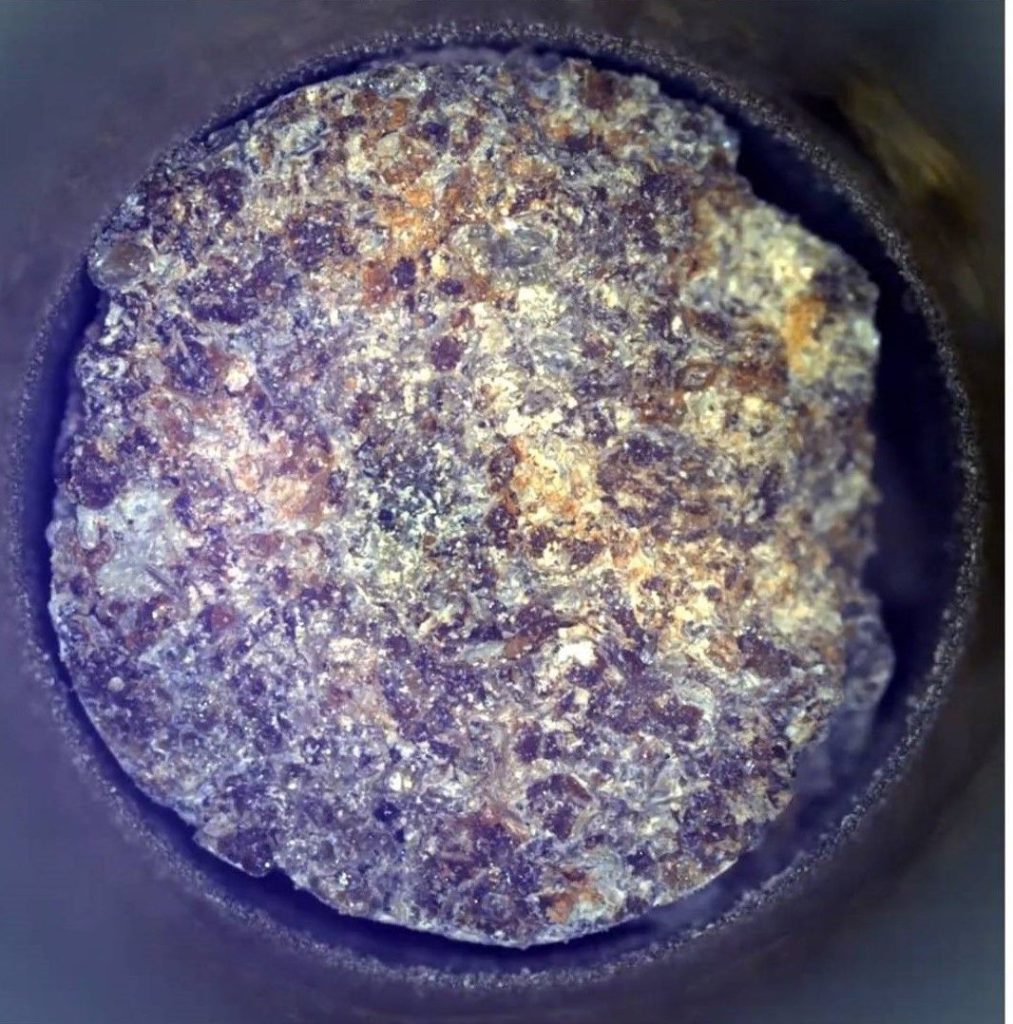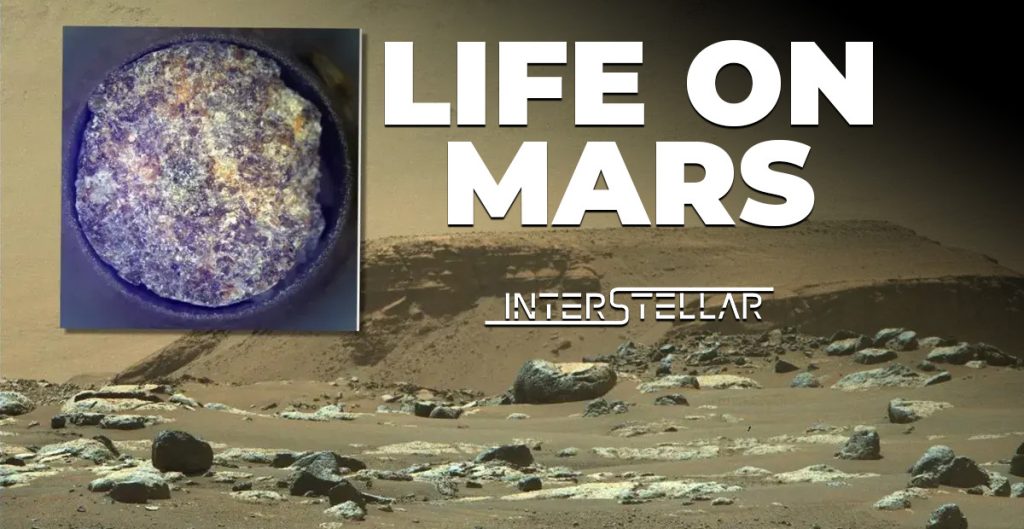The lead scientist for NASA’s Perseverance Mars rover is enthusiastic about the material stored in the rover’s sample tubes. These samples, both dropped on Mars’ surface and contained within the rover, could potentially contain evidence of past microbial life on the Red Planet.
Exciting Findings in Jezero Crater
The Perseverance rover has been exploring Jezero Crater, collecting various samples. Among these, a sample tagged “Lefroy Bay” has been found to contain hydrated silica. On Earth, this mineral has a high potential for preserving signs of ancient life. This raises the question: could Lefroy Bay hold preserved signs of ancient Martian life?
The Lefroy Bay sample, along with two others from the “Margin Unit,” are significant due to their abundant carbonate and silica content. These minerals suggest the presence of liquid water during their formation, indicating a potentially habitable environment on Mars over 3.4 billion years ago.
Importance of Returning Samples to Earth
The preliminary findings emphasize the importance of returning these samples to Earth for more detailed analysis. The samples from the Margin Unit could provide critical insights into Mars’ ancient environmental conditions and possibly contain biosignatures. NASA’s future Mars Sample Return (MSR) mission aims to retrieve these samples, although the mission faces challenges due to its high projected cost and complexity.

Perseverance’s Journey and Challenges
Since its landing on February 18, 2021, Perseverance has travelled approximately 17 miles (27 kilometres). The rover’s main objective is to seek signs of ancient life and collect samples for possible return to Earth. The Jezero Crater was chosen for exploration because it is believed to have been flooded with water in the past, creating a potentially habitable environment for microbial life.
Despite its successes, Perseverance has faced some challenges. The wind sensors of the Mars Environmental Dynamics Analyzer (MEDA) have failed, and the spectroscopy parts of the SHERLOC instrument are experiencing issues. However, there is hope that SHERLOC’s functionality can be restored.
Future Missions and Goals
Perseverance has already deposited 10 sealed sample tubes at a depot in Jezero Crater, known as “Three Forks.” These samples are intended for collection by a future MSR mission. The rover is currently working towards qualifying for a longer traverse distance, aiming to cover 55 miles (90 kilometres).
Next on Perseverance’s itinerary is the exploration of an area called “Bright Angel.” Following this, the rover will move up onto the crater rim to investigate a different geological landscape. The goal is to complete the sampling as soon as possible to ensure the mission’s success.
The discoveries made by Perseverance so far are promising, but much work remains to be done. The potential evidence of ancient life in Mars’ rock samples underscores the importance of the mission and the need for future analysis on Earth. Perseverance continues to push forward, aiming to fulfil its mission objectives despite the challenges faced.





